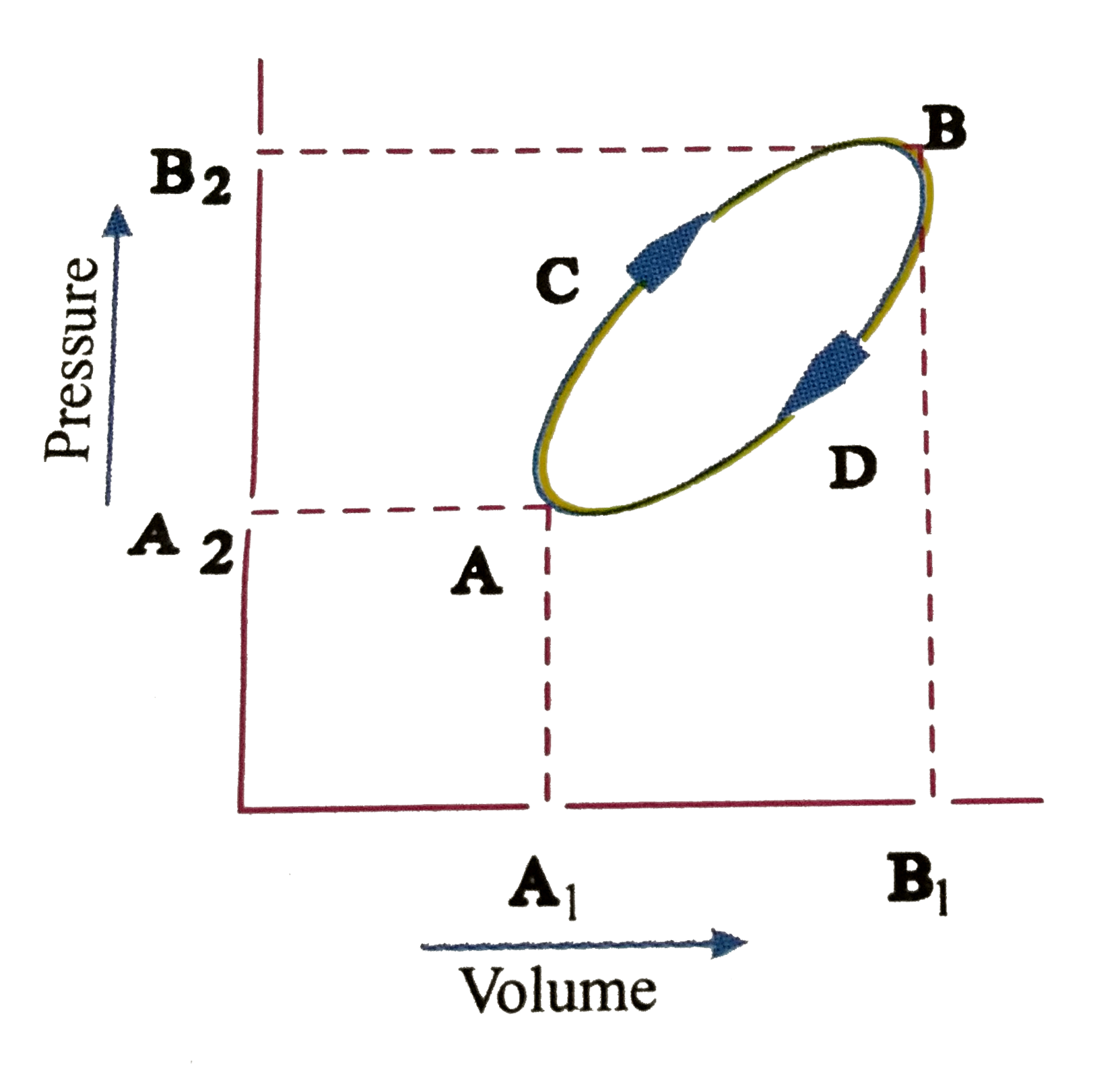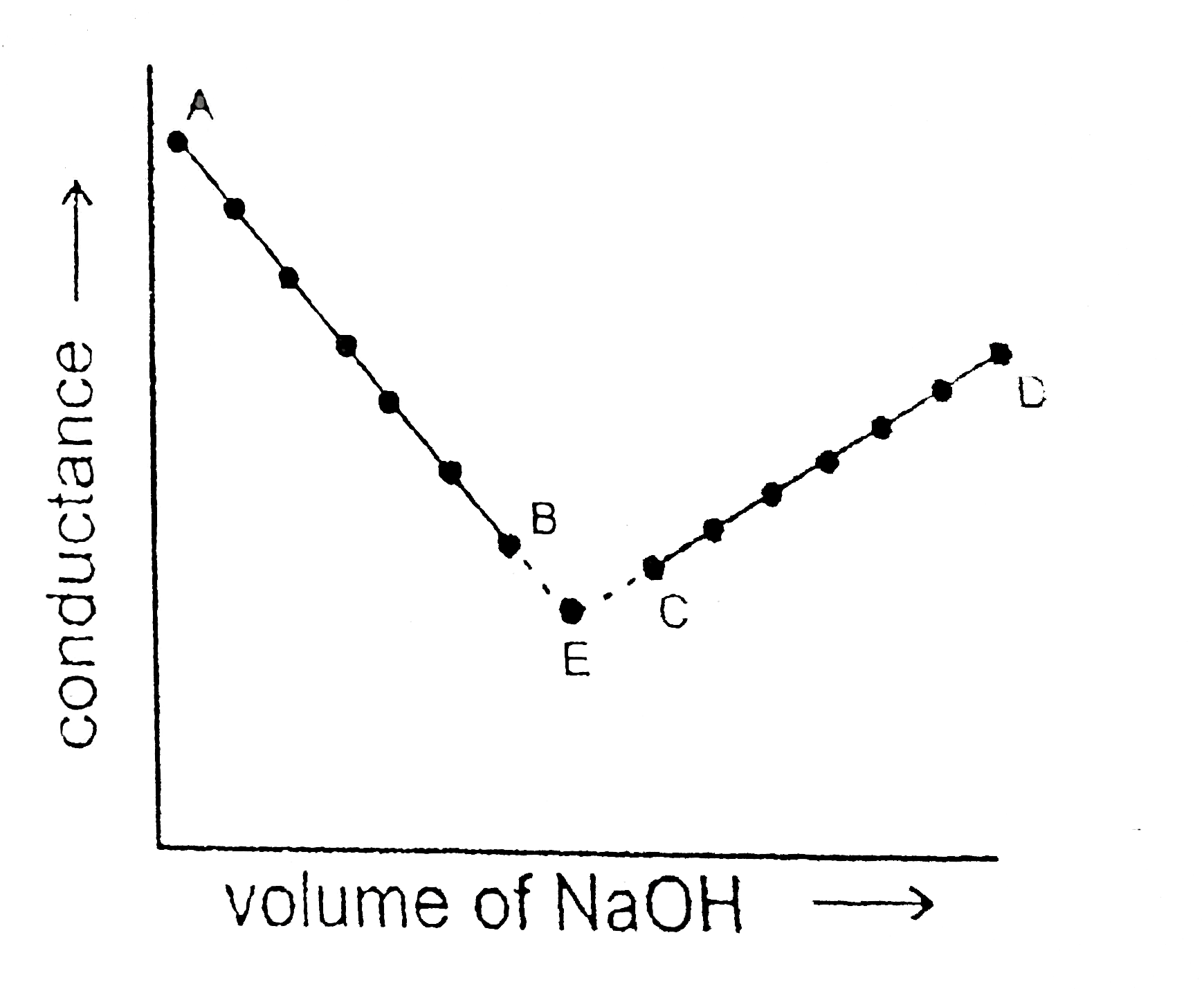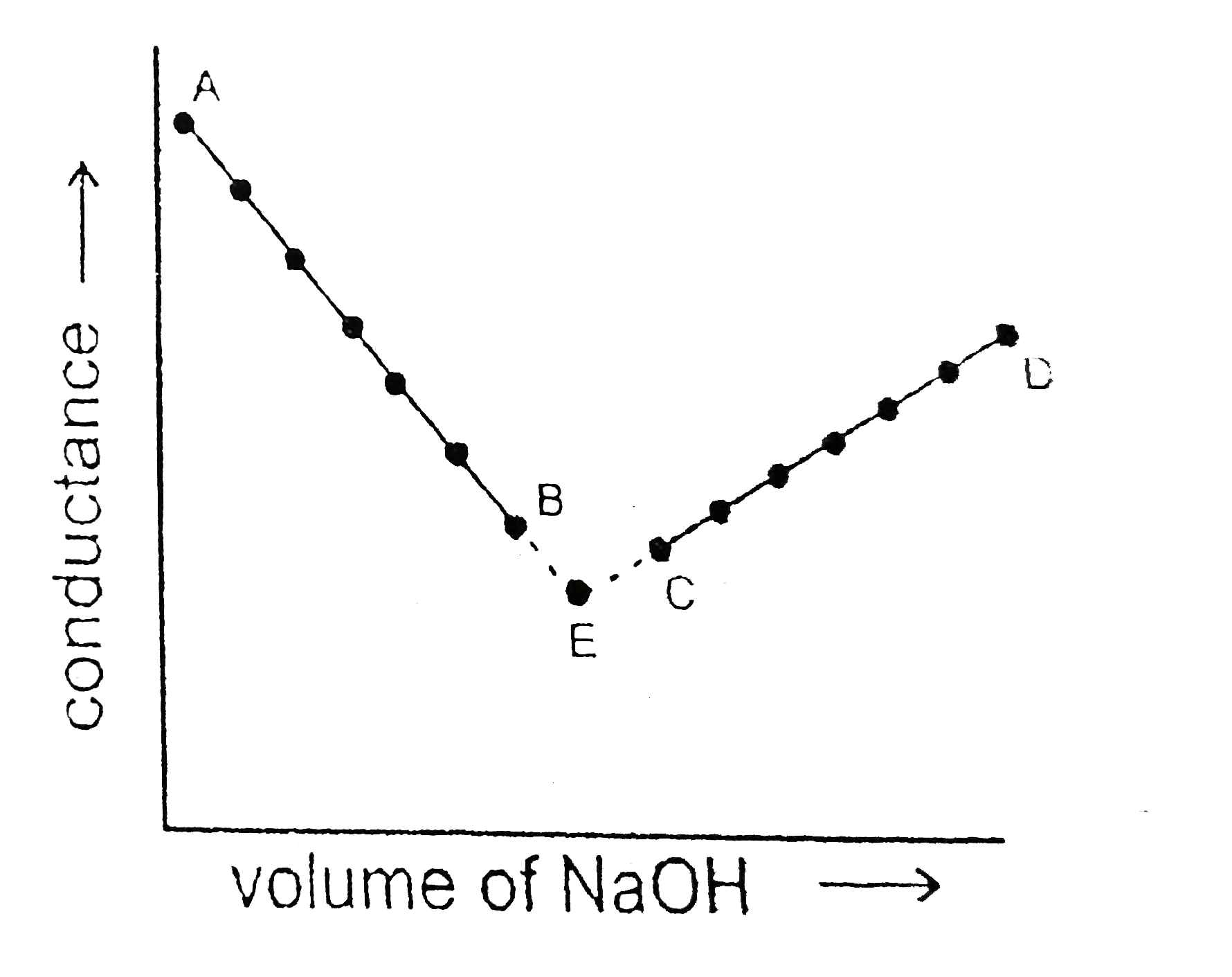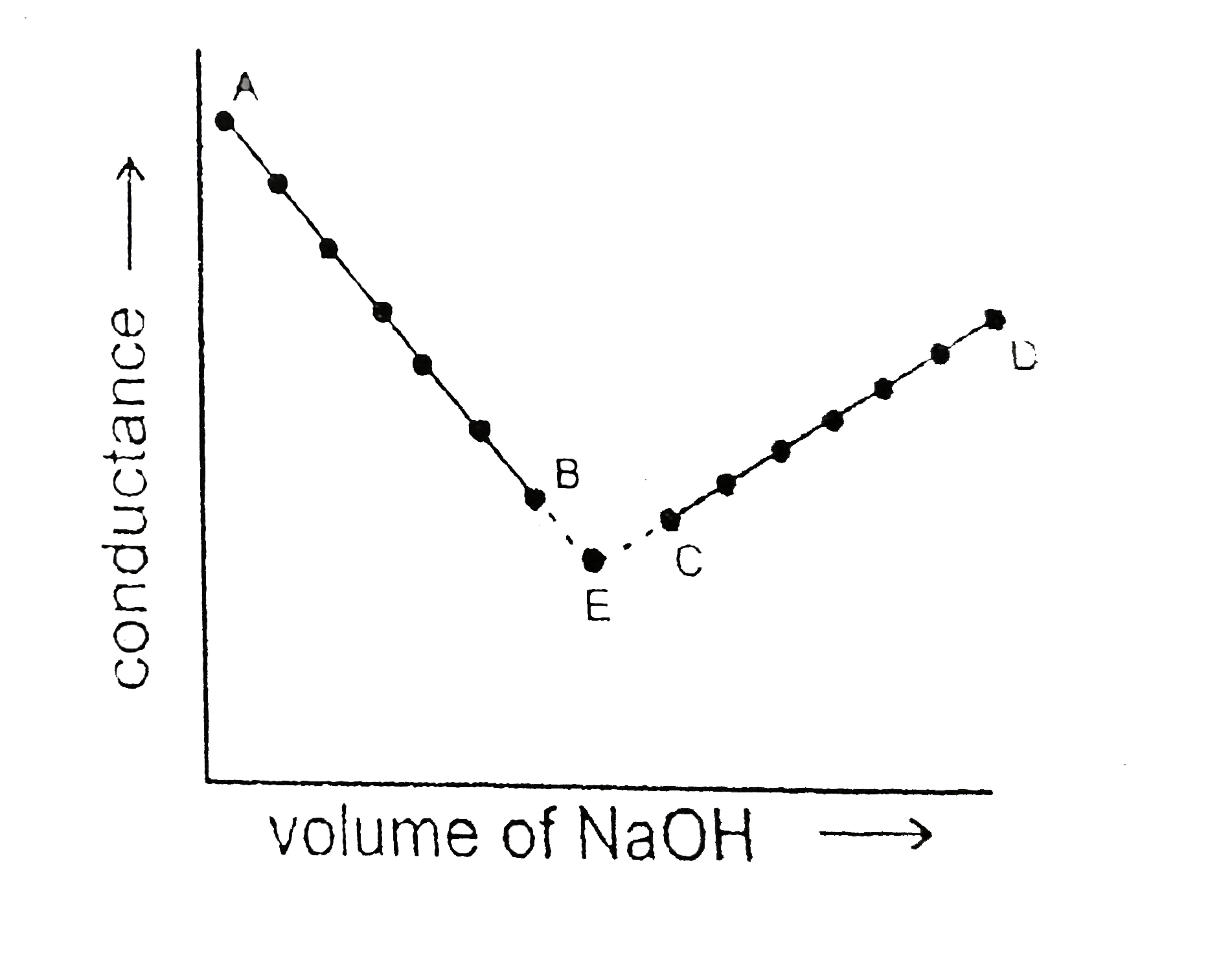Different communities represented by combinations of mosses, herbs, shrubs and trees replacing one another during succession are referred as :
Climax communities
Seral communities
Successive communities
Poineer communities
The correct Answer is:B
To answer the question, "Different communities represented by combinations of mosses, herbs, shrubs, and trees replacing one another during succession are referred to as:", we can follow these steps:
1. Understanding Succession:
- Ecological succession is the process through which ecosystems change and develop over time. It involves a series of stages where different communities of organisms replace one another.
2. Identifying the Stages of Succession:
- In primary succession, the first organisms to colonize an area are often mosses and lichens. As these organisms establish themselves, they modify the environment, making it suitable for other species, such as herbs.
3. Progression of Communities:
- Following the mosses, herbs appear, and as conditions continue to improve, shrubs take over. Eventually, trees become established, leading to a mature ecosystem.
4. Defining the Term:
- The different communities that appear during this process are known as Seral Communities. Each stage in the succession is an intermediate stage that leads to the final stable community known as the climax community.
5. Conclusion:
- Therefore, the correct term for the different communities represented by combinations of mosses, herbs, shrubs, and trees that replace one another during succession is Seral Community.
Final Answer:
Seral Community
---
- Ecological succession is the process through which ecosystems change and develop over time. It involves a series of stages where different communities of organisms replace one another.
- In primary succession, the first organisms to colonize an area are often mosses and lichens. As these organisms establish themselves, they modify the environment, making it suitable for other species, such as herbs.
- Following the mosses, herbs appear, and as conditions continue to improve, shrubs take over. Eventually, trees become established, leading to a mature ecosystem.
- The different communities that appear during this process are known as Seral Communities. Each stage in the succession is an intermediate stage that leads to the final stable community known as the climax community.
- Therefore, the correct term for the different communities represented by combinations of mosses, herbs, shrubs, and trees that replace one another during succession is Seral Community.
Seral Community
Similar Questions
A seminar was held in New York on the problems of finance. Its topic was ' The Different Finance Sources available at the Global Level in the Modersn Context . ' 200 representatives from different countries participated in this seminar. All the representatives expressed their respective opinions. One of the sources of finance discussed in the seminar was such through which the foreign companies could issue their securitiers in India. Looking at the great possibilities of obtaining capital from the investor in India, all of them showed a great interest in the discussion of the source. Another source of finance which created interest in every one was the source through which money could be obtained from the investors in America and other Wuropean countries. Since this sources was concerned with a very big area, the number of people who took interest in it was also larger. One of the Indian representatives threw light on the special characteristics of this source. His presentation was appreciated by one and all . In the final seesion of the seminar, the discussion took place on such a source of finance which could be used only in America . In the end of the seminar , the organisers thanked all the guests, and the seminar came to a successful conclusion.
In the above paragraph , three international sources of finance were discussed. Quoting the relevant lines identify those sources and explain them .View SolutionAccording to kinetic theory, every gas consists of a very large number of molecules, which are in a state of incessant random motion. They move in all directions with different speeds and obey Newton's law of motion. The molecules do not exert any force of attraction or repulsion on one another except during collision.
Read the above passage and answer the following questions :
(i)What is the cause of pressure exerted by the gas ?
(ii) What values of life do you learn from the kinetic theory ?View Solution
Knowledge Check
- Question 1 - Select One
Different communities appearing and replacing one another are called
AClimax communitiesBSeral communitiesCSerial communitiesDSuccessive communities - Question 2 - Select One
Settled life and cultivation gave man leisure, he had no longer to always think of getting food. During spare time he could make stone tools, hoes or pots and weave cloth. Some people spared from producing their own food could even devote themselves to other activities all the time. This resulted in a division of labour. The division of labour made it possible for various groups to specialize, that is to acquire greater skill and learn better techniques in doing one kind of work.
The setled community life needed rules to regulate the behaviour of the members of the community. It is not possible to know exactly how regulations were established. It appears that the decisions regarding the community were taken by the people as a whole, or by a council of elders, as in the practice in tribal societies. There were perhaps no kings or any organized government. Most likely, there were chiefs elected by the community for their qualities of leadership. But, these chiefs could not pass their positions on the their sons and they enjoyed few special privileges. Archaeological excavations have not revealed anything which would indicate the prevalence of a higher status for some members of the community. This is also supported by the study of life in many tribes in modern times.
Thus, social inequalities do not seem to have emerged even in Neolithic times.
To which period do the Neolithic times refer ?ALater part of the Stone AgeBEarly part of the Stone AgeCLater part of the Ice AgeDMedieval times - Question 3 - Select One
The acceleration of an object is represented by a=−ω2x. The speed of the object is maximum ...A... during one period of the motion. Here, A refers to
AonceBtwiceCeight timesDfour times
Settled life and cultivation gave man leisure, he had no longer to always think of getting food. During spare time he could make stone tools, hoes or pots and weave cloth.
Some people spared from producing their own food could even devote themselves to other activities all the time. This resulted in a division of labour. The division of labour made it possible for various groups to specialize, that is, to acquire greater skill and learn better techniques in doing one kind of work.
The settled community life needed rules to regulate the behaviour of the members of the community. It is not possible to know exactly how regulations were established. It appears that the decisions regarding the community were taken by the people as a whole, or by a council of elders, as is in the practice in tribal societies. There were perhaps no kings or any organized government. Most likely, there were chiefs elected by the community for their qualities of leadership. But, these chiefs could not pass their positions on to their sons and they enjoyed few special privileges. Archaeological excavations have not revealed anything which would indicate the prevalence of a higher status for some members of the community. This is also supported by the study of life in many tribes in modern times.
Thus, social inequalities do not seem to have emerged even in Neolithic times.
To which period do the Neolithic times refer?View SolutionWork is the mose of transfrence of energy. If the system involves gaseous substance and there is difference of pressure between system and surroundings, such a work is referred to as pressure - volume work (WPV=−PextΔV). It has been observed that reversible work done by the system is the maximum obtainable work. wrev>wirr
The works of isothermal and adiabatic processes are different from each other. for isothermal reversible proces,
Wisothermal reversible=2.303nRTlog10(V2V1)
Wadiabatic reversible=CV(T1−T2)
A thermodynamic system goes in acyclic process as represented in the following P−V diagram:
1. For an ideal gas, consider only P−V work in going from an initial state

The net work done during the complete cycle is given by the area:View Solution
Strong acid versus strong base:
The principle of conductometric titrations is based on the fact that during the titration, one of the ions is replaced by the other and invariable these two ions differ in the ionic conductivity with the result that thhe conductivity of the solution varies during the course of the titration. take, for example, the titration between a strong acid, say HCl, and a string base, say NaOH before NaOH is added, the conductance of HCl solution has a high value due to the presence of highly mobile hydrogen ions. As NaOH is added, H+ ions are replaced by relatively slower moving Na+ ions. consequently the conductance of the solution decreases and this continues right upto the equivalence point where the solution contains only NaCl. Beyond the equivalence point, if more of NaOH is added, then the solution contains a excess of the fast moving OH− ions with the result that its conductance is increased ad it condinues to increase as more and more of NaOH is added. If we plot the conductance value versus the amount of NaOH added, we get a curve of the type shown in Fig. The descending portion AB represents the conductances before the equivalence point (solution contains a mixture of acid HCl and the salt NaCl) and the ascending portion CD represents the conductances after the equivalence point (solution contains the salt NaCl and the excess of NaOH). The point E which represent the minium conductance is due to the solution containing only NaCl with no free acid or alkali and thus represents the equivalence point. this point can, however, be obtained by the extrapolation of the lines AB and DC, and therefore, one is not very particular in locating this point expermentally as it is in the case of ordinary acid-base titrations involving the acid-base indicators.
Weak acid versus strong base:
Let us take specific example of acetic acid being titrated against NaOH. Before the addition of alkali, the solution shows poor conductance due to feeble ionization of acetic acid. Initially the addition of alkali causes not only the replacement of H+ by Na+ but also suppresses the dissociation of acetic acid due to the common ion Ac− and thus the conductance of the solution decreases in the beginning. but very soon the conductance start increasing as addition of NaOH neutralizes the undissociated HAc to Na+Ac− thus causing the replacement of non-conducting HAc with Strong-conducting electrolyte Na+Ac−. the increase in conductance continuous right up to the equivalence point. Beyond this point conductance increases more rapidly with the addition of NaOH due to the highly conducting OH− ions, the graph near the equivalence point is curved due to the hydrolysis of the salt NaAc. The actual equivalence point can, as usual, be obtained by the extrapolation method.
In all these graphs it has been assumed that the volume change due addition of solution from burrette is negnigible, hence volume change of the solution in beaker the conductance of which is measured is almost constant throughout the measurement.
Q. The nature of curve obtained for the titration between weak acid versus strong base as described in the above passage will be:View Solution
Strong acid versus strong base:
The principle of conductometric titrations is based on the fact that during the titration, one of the ions is replaced by the other and invariable these two ions differ in the ionic conductivity with the result that thhe conductivity of the solution varies during the course of the titration. take, for example, the titration between a strong acid, say HCl, and a string base, say NaOH before NaOH is added, the conductance of HCl solution has a high value due to the presence of highly mobile hydrogen ions. As NaOH is added, H+ ions are replaced by relatively slower moving Na+ ions. consequently the conductance of the solution decreases and this continues right upto the equivalence point where the solution contains only NaCl. Beyond the equivalence point, if more of NaOH is added, then the solution contains a excess of the fast moving OH− ions with the result that its conductance is increased ad it condinues to increase as more and more of NaOH is added. If we plot the conductance value versus the amount of NaOH added, we get a curve of the type shown in Fig. The descending portion AB represents the conductances before the equivalence point (solution contains a mixture of acid HCl and the salt NaCl) and the ascending portion CD represents the conductances after the equivalence point (solution contains the salt NaCl and the excess of NaOH). The point E which represent the minium conductance is due to the solution containing only NaCl with no free acid or alkali and thus represents the equivalence point. this point can, however, be obtained by the extrapolation of the lines AB and DC, and therefore, one is not very particular in locating this point expermentally as it is in the case of ordinary acid-base titrations involving the acid-base indicators.
Weak acid versus strong base:
Let us take specific example of acetic acid being titrated against NaOH. Before the addition of alkali, the solution shows poor conductance due to feeble ionization of acetic acid. Initially the addition of alkali causes not only the replacement of H+ by Na+ but also suppresses the dissociation of acetic acid due to the common ion Ac− and thus the conductance of the solution decreases in the beginning. but very soon the conductance start increasing as addition of NaOH neutralizes the undissociated HAc to Na+Ac− thus causing the replacement of non-conducting HAc with Strong-conducting electrolyte Na+Ac−. the increase in conductance continuous right up to the equivalence point. Beyond this point conductance increases more rapidly with the addition of NaOH due to the highly conducting OH− ions, the graph near the equivalence point is curved due to the hydrolysis of the salt NaAc. The actual equivalence point can, as usual, be obtained by the extrapolation method.
In all these graphs it has been assumed that the volume change due addition of solution from burrette is negnigible, hence volume change of the solution in beaker the conductance of which is measured is almost constant throughout the measurement.
Q. The most appropriate titration curve obtained when a mixture of a strong acid (say HCl) and a weak acid (say CH3COOH) is titrated with a strong base (say NaOH) will beView Solution
Strong acid versus strong base:
The principle of conductometric titrations is based on the fact that during the titration, one of the ions is replaced by the other and invariable these two ions differ in the ionic conductivity with the result that thhe conductivity of the solution varies during the course of the titration. take, for example, the titration between a strong acid, say HCl, and a string base, say NaOH before NaOH is added, the conductance of HCl solution has a high value due to the presence of highly mobile hydrogen ions. As NaOH is added, H+ ions are replaced by relatively slower moving Na+ ions. consequently the conductance of the solution decreases and this continues right upto the equivalence point where the solution contains only NaCl. Beyond the equivalence point, if more of NaOH is added, then the solution contains a excess of the fast moving OH− ions with the result that its conductance is increased ad it condinues to increase as more and more of NaOH is added. If we plot the conductance value versus the amount of NaOH added, we get a curve of the type shown in Fig. The descending portion AB represents the conductances before the equivalence point (solution contains a mixture of acid HCl and the salt NaCl) and the ascending portion CD represents the conductances after the equivalence point (solution contains the salt NaCl and the excess of NaOH). The point E which represent the minium conductance is due to the solution containing only NaCl with no free acid or alkali and thus represents the equivalence point. this point can, however, be obtained by the extrapolation of the lines AB and DC, and therefore, one is not very particular in locating this point expermentally as it is in the case of ordinary acid-base titrations involving the acid-base indicators.
Weak acid versus strong base:
Let us take specific example of acetic acid being titrated against NaOH. Before the addition of alkali, the solution shows poor conductance due to feeble ionization of acetic acid. Initially the addition of alkali causes not only the replacement of H+ by Na+ but also suppresses the dissociation of acetic acid due to the common ion Ac− and thus the conductance of the solution decreases in the beginning. but very soon the conductance start increasing as addition of NaOH neutralizes the undissociated HAc to Na+Ac− thus causing the replacement of non-conducting HAc with Strong-conducting electrolyte Na+Ac−. the increase in conductance continuous right up to the equivalence point. Beyond this point conductance increases more rapidly with the addition of NaOH due to the highly conducting OH− ions, the graph near the equivalence point is curved due to the hydrolysis of the salt NaAc. The actual equivalence point can, as usual, be obtained by the extrapolation method.
In all these graphs it has been assumed that the volume change due addition of solution from burrette is negnigible, hence volume change of the solution in beaker the conductance of which is measured is almost constant throughout the measurement.
Q. If a 100 mL solution of 0.1 M HBr is titrated using a very concentrated solution of NaOH, then the conductivity (specific conductance) of this solution at the equivalence point will be (assume volume change is negligible due to addition of NaoH) report your answer after multipling it with 10 in Sm−1
[Given λ∘(Na+)=8×10−3Sm2mol−1,λ∘(Br−)=4×10−3Sm2mol−1]View Solution

